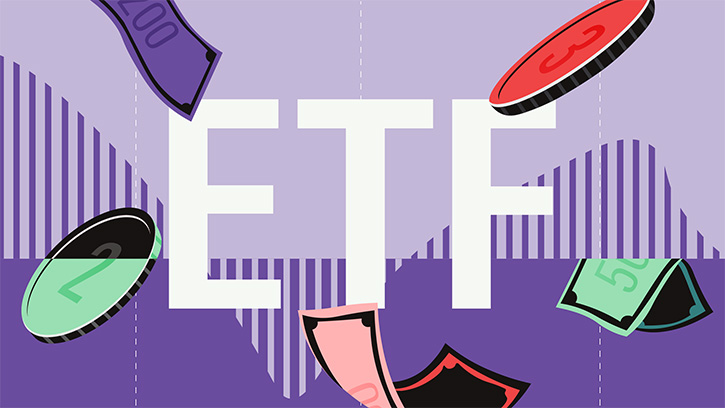Exchange-traded funds (ETFs) tracking European equity markets have performed well over the past 12 months compared to other broad markets. While the MSCI Europe Index and the STOXX Europe 600 Index generated returns of 18.07% and 19.01% to end September, respectively, the S&P 500 Index and the MSCI World Index returned only 12.67% and 14.25%. The bulk of this outperformance was mainly generated in the last quarter of 2012, when concerns about the so-called “fiscal cliff” weighed on US equity sentiment.
Measured against their Morningstar category - including actively-managed and conventional index funds - ETFs tracking the MSCI Europe Index and the STOXX Europe 600 Index have only slightly outperformed the category average of 17.78%. This can be explained by a rather similar sector allocation vs. category. Indeed, only a few sectors, like consumer cyclicals, financial services, industrials, or IT, are over- or underweight by 1%-2% and as such have little impact on the ETFs’ performance relative to their peer group.
A key driver for European equities ETFs has been the financial sector, returning 27.88%. As financials represent roughly 20% of the STOXX Europe 600 and MSCI Europe indices, this sector contributed about 5.6% to overall performance. Moreover, as mentioned, the category average slightly underweights financials relative to these two benchmarks.
Small caps were also a noted performance driver over the last 12 months. While indices including small and mid-caps, like the STOXX Europe 600 Index, returned 19.01%, the STOXX Europe 50 Index, which focuses on large caps, returned only 14.00%. Small and mid-caps outperformed large caps by about 5%, as a pan-European recovery with improving fundamentals supported a “risk-on” investment environment. The outperformance of small caps also explains the very good performance of the Ossiam STOXX Europe 600 Equal Weight ETF. Tracking an index which overweighs small-caps relative to the market-cap weighted benchmark, it has returned 21.06% over the period, putting it right at the top of the performance table.
Meanwhile, at the other end of the performance spectrum we find minimum variance or volatility products. In simple terms, these are low-beta products which tend to perform poorly relative to market cap weighted benchmarks when markets rise; as they have done over the past 12 months.





























